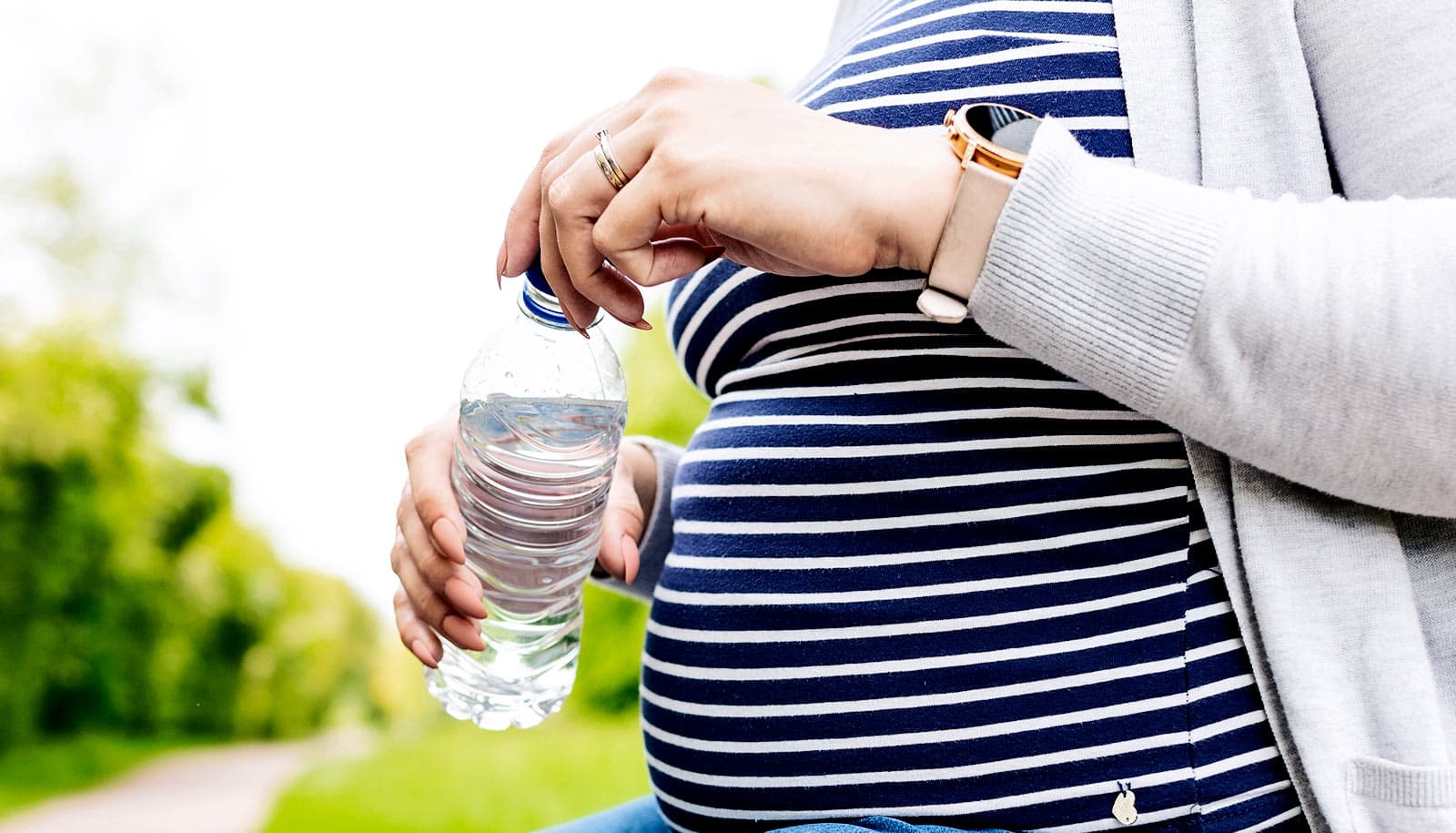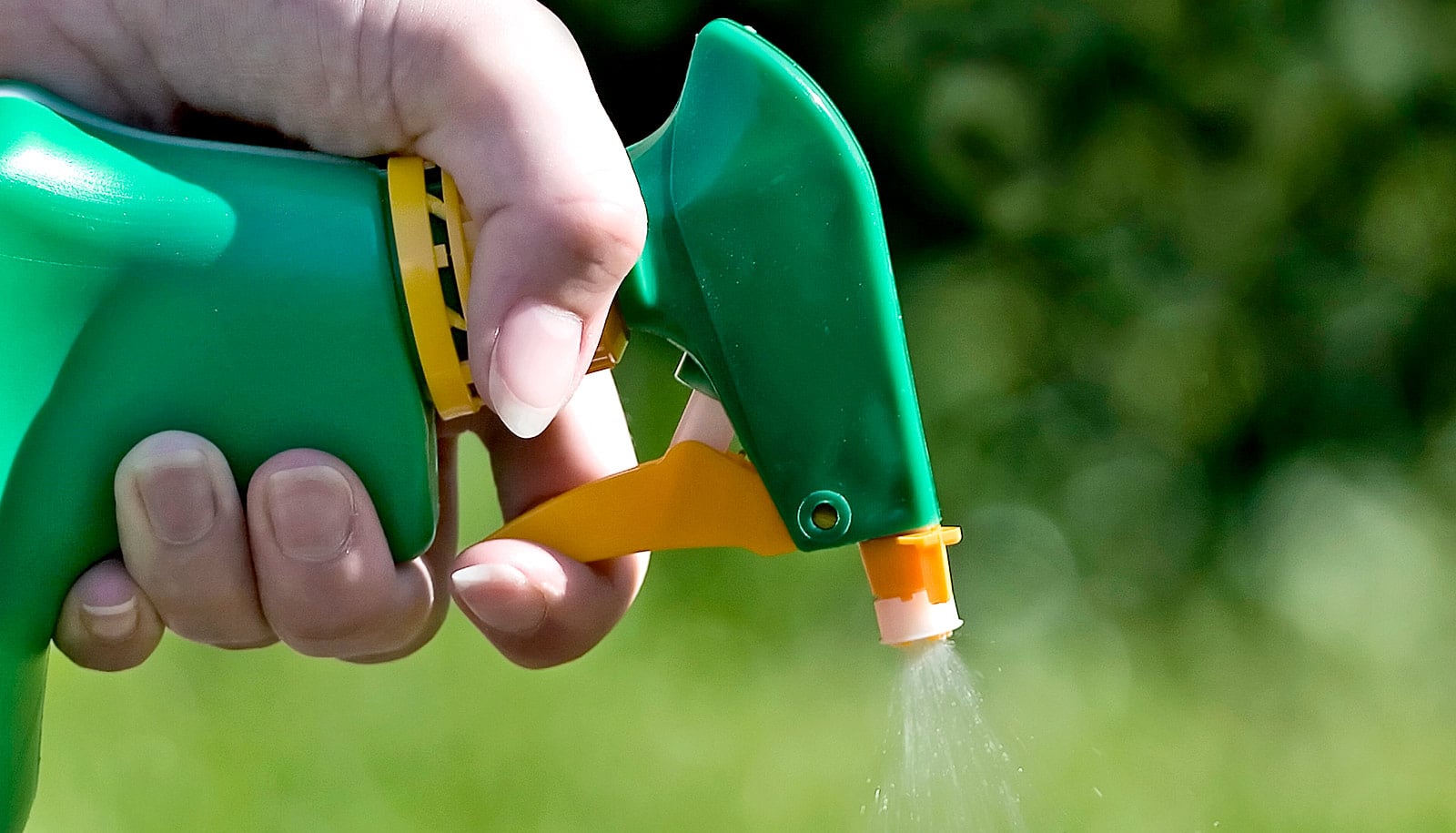Inexpensive, convenient silicone wristbands can measure exposure to a class of chemicals that can be harmful during pregnancy, researchers report.
The researchers found that the wristbands, when used as passive samplers, have the ability to bind smaller molecular weight semi-volatile polycyclic aromatic hydrocarbons (PAHs) in a similar pattern as active sampling. PAHs are a class of chemicals that occur naturally in coal, crude oil, and gasoline and are produced when coal, oil, gas, wood, garbage, and tobacco are burned.
Published in the Journal of Exposure Science & Environmental Epidemiology, the study focused on pregnant women in Hidalgo County in South Texas. Researchers selected this particular area of Texas because of the heightened prevalence of childhood asthma in the region, as well as a higher prematurity rate (14.8%) compared to the rest of the state (12.9%).
Researchers aimed the study at quantifying maternal PAH exposure in pregnant women residing in McAllen, Texas. To gather the data, participants carried backpacks containing air-sampling equipment. A silicone wristband was also attached to each backpack.
After three nonconsecutive 24-hour periods, researchers analyzed the air-sampling equipment and wristbands for PAHs. Prenatal exposure to PAHs has been shown to lead to adverse health effects in children.
When the researchers analyzed and compared the data from the air sampling equipment and the wristbands, they found that the wristbands yielded similar results to the more traditional testing methods. The researchers suggest that the use of the silicone wristbands as a passive sampler could be useful in studies of semi-volatile PAHs.
“The use of wristbands is appealing because it is inexpensive and easy to wear,” says coauthor Itza Mendoza-Sanchez, assistant professor in the environmental and occupational health department at Texas A&M University.
“Wristbands have been used to detect a number of pollutants, but qualification of those pollutants remains a challenge. Our goal was to evaluate to what extent we can use wristbands as passive samplers to quantify PAHs in air.
“We found that patterns of detection are similar for low-molecular weight compounds and that attaching the wristbands to the backpack’s strap is a good sampling design for evaluating conditions under which wristbands could be used for quantifying PAHs in air.”
Mendoza-Sanchez cowrote the study with Inyang Uwak, a recent doctor of public health graduate. It was part of a larger maternal environmental health study led by associate professors Natalie Johnson and Genny Carrillo.
“Maternal exposure to PAHs during pregnancy is particularly harmful to children’s health since this is a phase of rapid human growth and development,” Johnson says. “Thus, easy methods to quantify PAH exposure are of critical need in order to evaluate risk and develop effective intervention strategies.”
The results of the study support that wristbands used as passive samplers may be helpful in future studies evaluating adverse health outcomes from prenatal PAH exposure, Johnson says.
Additional coauthors are from Johns Hopkins Bloomberg School of Public Health and Texas A&M.
Source: Texas A&M University



